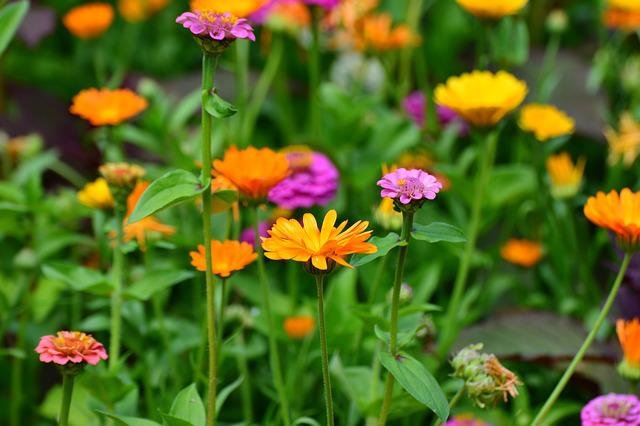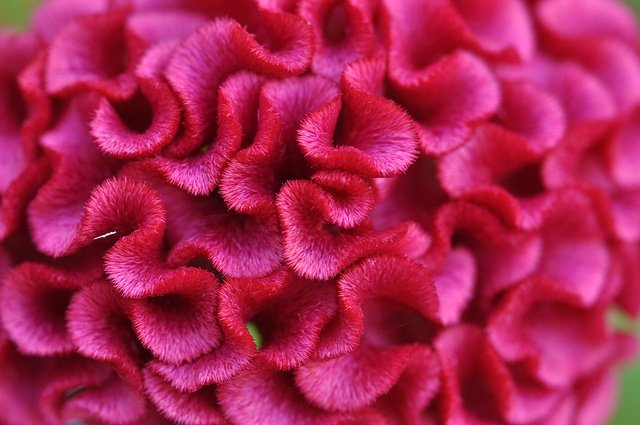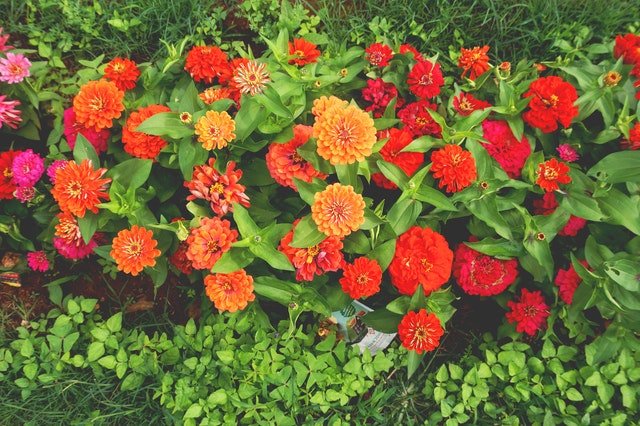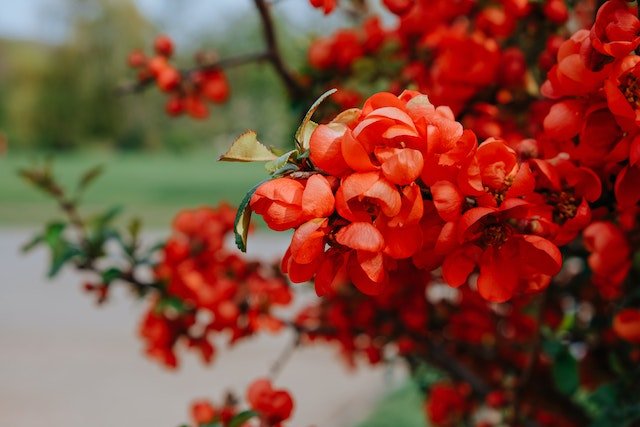If you’re looking for a pop of color in your garden, look no further than these nine low-growing plants with yellow flowers. From sunny daisies to cheerful chrysanthemums, these plants will brighten up any garden.
Table of Contents
Low-Growing Plants with Yellow Flowers
1. Dwarf Sunflower (Helianthus gracilentus)

Dwarf Sunflower (Helianthus gracilentus) is a low-growing, yellow-flowering perennial plant that is often used as a ground cover or tall border in small gardens. It is native to North America, where it is found in dry open woods and prairies.
The plant typically grows to a height of 30-90 cm (12-36 inches), with a spread of 30-60 cm (12-24 inches). The flowers are 2.5-5 cm (1-2 inches) across and have 16-21 ray florets and 8-12 disc florets. The leaves are lanceolate, 7-20 cm (3-8 inches) long, and 2-6 cm (1-2 inches) wide.
Dwarf sunflowers are low-growing plants that produce yellow flowers. They are perennial plants that can be identified by their lanceolate leaves and small size. These plants are native to North America and typically grow to a height of 30-90 cm (12-36 inches). To care for dwarf sunflowers, water them regularly and fertilize them monthly. They can be grown in the yard or in a container.
2. Black-eyed Susan (Rudbeckia fulgida “little goldstar”)
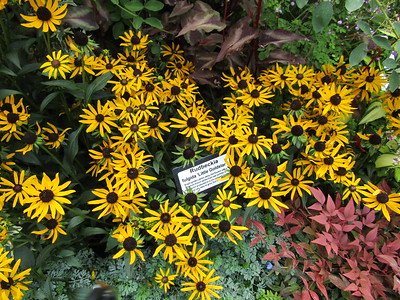
The Black-eyed Susan (Rudbeckia fulgida “little goldstar”) is a low-growing plant that is often used as a ground cover or as a perennial in flower beds. This plant produces small, yellow flowers that are typically 2-3 inches in diameter.
The Black-eyed Susan grows to a height of 12-18 inches and has a spread of 12-24 inches. This plant is easy to care for and does not require much maintenance. To identify this plant, look for its small, yellow flowers and distinctive black center.
If you are looking for a low-growing plant that is easy to care for, the Black-eyed Susan is an excellent choice. Whether you grow it in your yard or in a container, this plant will add beauty to your landscape.
3. Yellow Coreopsis (Coreopsis tinctoria)
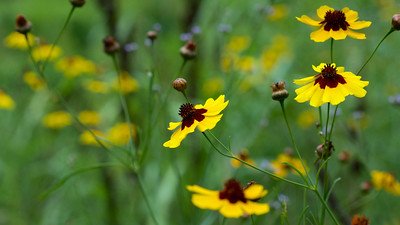
Coreopsis tinctoria, more commonly known as yellow coreopsis or calliopsis, is a low-growing plant that is often used as a ground cover or in raised beds. It is an annual plant, meaning it will only live for one growing season, and it typically grows to be between 12 and 18 inches tall.
This plant is easy to care for and does not require much maintenance. It prefers full sun but can also tolerate partial shade. To encourage growth, water regularly and fertilize monthly. When it comes to choosing whether to grow coreopsis in the yard or in a container, it really depends on personal preference.
Coreopsis tinctoria is considered a low-maintenance plant, so either way is relatively easy. The main difference is that if grown in a container, the plant will need to be watered more often.
4. Yellow Daisy (Chrysanthemum maximum “Clara Curtis”)

The maximum height growth of Yellow Daisy (Chrysanthemum maximum “Clara Curtis”) is 36 inches. This plant is considered low-growing because it only reaches a maximum height of 36 inches. The plant is annual, meaning it only lives for one year.
The plant prefers full sun and well-drained soil. To care for the plant, water it regularly and fertilize it monthly. The plant can be grown in the yard or in a container. If you choose to grow the plant in a container, make sure the container has drainage holes.
The plant produces small yellow flowers that make it an excellent ground cover. The plant is also tall enough to provide some privacy. Whether you choose to grow the plant in the yard or in a container, Yellow Daisy is a beautiful addition to any home.
5. Yellow Kniphofia (Kniphofia uvaria)
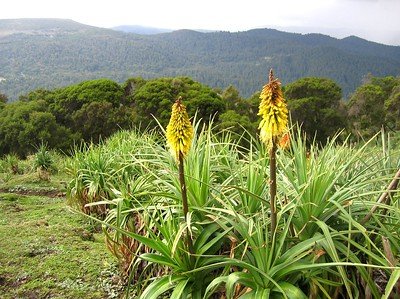
The maximum height growth of Yellow Kniphofia (Kniphofia uvaria) is approximately 2-3 feet. This plant is considered low-growing because it typically doesn’t exceed 3 feet in height.
Yellow Kniphofia is a perennial plant, which means it can live for more than two years. It is best to grow this plant in a container so that it can be moved indoors during winter. To care for Yellow Kniphofia, water the plant regularly and fertilize it monthly.
Deadhead the flowers to encourage new growth. This low-growing plant is perfect for use as a ground cover or in small spaces. It produces bright yellow flowers that are sure to add color and interest to your garden.
6. Yellow Coneflower (Echinacea paradoxa)

The Yellow Coneflower (Echinacea paradoxa) is a low-growing plant that reaches a height of 12-36 inches. The plant is characterized by its yellow flowers, which bloom from June to September.
The plant is also known for its dense network of roots, which make it an excellent ground cover. The Yellow Coneflower is perennial and can be found in the wild in parts of the United States. The plant is relatively easy to care for and does not require much maintenance.
When grown in the yard, the Yellow Coneflower should be placed in an area that receives full sun. In addition, the plant should be watered regularly and fertilized every two weeks. For best results, it is better to grow the plant in a container.
This will help to prevent the roots from spreading and damaging other plants in the yard.
8. Sulfur Buckwheat (Eriogonum umbellatum “Sulfur Flower”)
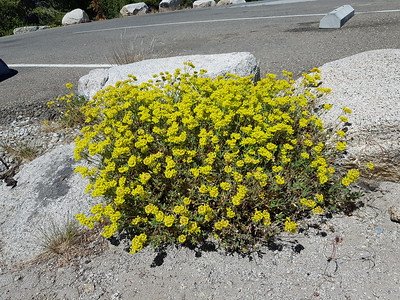
Sulfur Buckwheat (Eriogonum umbellatum “Sulfur Flower”) is low-growing and typically only reaches about 8 – 12 inches tall at maturity.
This perennial ground cover is best known for its bright yellow flowers that bloom in summer and early fall. The plant does well in full sun to partial shade and can tolerate a wide range of soil types as long as the drainage is good.
Sulfur Buckwheat is relatively low-maintenance and doesn’t require much fertilizer or water once it’s established. For best results, space plants 18 to 24 inches apart when planting.
Once they’re blooming, deadhead the flowers regularly to encourage additional blooming. If the plant becomes too large or leggy, you can cut it back by up to half its height to encourage new growth.
Sulfur Buckwheat makes an excellent ground cover or border plant in both formal and informal gardens. It’s also well suited for growing in containers.
6. Golden Groundsel (Senecio aureus)

Golden groundsel (Senecio aureus) is a low-growing plant that typically only reaches heights of 6-12 inches. It is an annual plant with bright yellow flowers that bloom in the summer and early fall. The plant is often used as a ground cover or as a low-growing border in gardens.
Golden groundsel is relatively easy to care for and does not require much attention. It is best to grow the plants in full sun or partial shade and to keep the soil moist but not wet. The plants can be propagated by seed, cuttings, or division.
Golden groundsel is considered a low-growing plant, but it can reach up to 18 inches tall in some cases. The best way to identify this plant is by its low growth habit and yellow flowers.
7. Dwarf daffodil (Narcissus pseudonarcissus ‘Tete-a-Tete’)
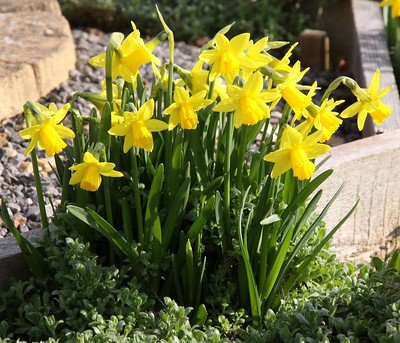
The Dwarf daffodil (Narcissus pseudonarcissus ‘Tete-a-Tete’) is a low-growing plant that reaches a maximum height of six inches. It is considered an annual plant, meaning that it will only live for one growing season.
However, with proper care, it can bloom for several months. The plant prefers full sun and well-drained soil. When watering, be sure to keep the leaves dry to prevent fungal growth. To encourage prolonged blooming, deadhead the flowers as they fade.
The Dwarf daffodil is also suitable for growing in containers. With its small size and disdain for drought conditions, it makes an ideal container plant. Whether grown in the yard or in a pot, the Dwarf daffodil is a cheerful addition to any home.
8. Chrysanthemum indicum

Chrysanthemum indicum, more commonly known as the Indian chrysanthemum, is a beautiful flowering plant that can reach a height of up to three feet. Although it is considered a low-growing plant, it can still add a splash of color to any garden.
The Indian chrysanthemum is an annual plant, which means that it will need to be replanted each year. However, it is relatively easy to care for and does not require a lot of maintenance. When it comes to growing chrysanthemums, it is generally best to do so in a container. This will help to prevent the roots from spreading too far and becoming waterlogged.
With proper care, the Indian chrysanthemum can be a beautiful addition to any home.
9. Dandelion (Taraxacum officinale)
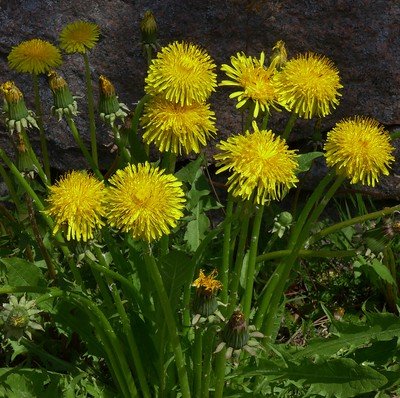
The dandelion (Taraxacum officinale) is a low-growing plant that is typically considered an annual. However, in some climates, it can behave as a perennial. The plant typically grows to a height of 12 inches (30 cm), but in some cases, it can reach up to 18 inches (45 cm).
Dandelions are relatively easy to care for and can be grown in both the yard and in containers. When growing in the yard, it is important to choose a location that receives full sun. The plant prefers well-drained soil and should be watered regularly.
When growing in a container, it is important to use a pot with drainage holes. The dandelion is a relatively resilient plant and can tolerate periods of drought. However, during extended periods of dry weather, the plant may go into dormancy. To revive a dormant plant, simply water it deeply and wait for new growth to appear.
What is low growing plant good for?
A low-growing plant is perfect for adding a ground cover to your garden. These plants are typically short, with a spreading habit that makes them ideal for filling in bare patches of earth.
In addition to their visual appeal, low-growing plants also offer a number of benefits. They help to keep the soil moist and cool, which is ideal for delicate seedlings.

They can also provide valuable habitats for insects and other wildlife. Furthermore, by covering the ground, they help to prevent weed growth.
Low-growing plants are also used in landscaping to create borders, define spaces, and add interest. When combined with other plants, they can create a stunning effect.
However, low-growing plants can also be problematic because they can crowd out other plants and become invasive.
As a result, it is important to choose the right plant for the right location. With careful planning, low-growing plants can be an asset to any landscape.
Conclusion:
Low-growing plants are a valuable addition to any garden, as they offer a number of benefits including ground cover, weed control, and insect habitat. However, it is important to choose the right plant for the right location to prevent them from becoming invasive. With careful planning, low-growing plants can be an asset to any landscape.

Gardening is my passion and growing plants indoors has always been a stress relief for me. Grow a banana tree in my apartment once (although failed to produce bananas).


